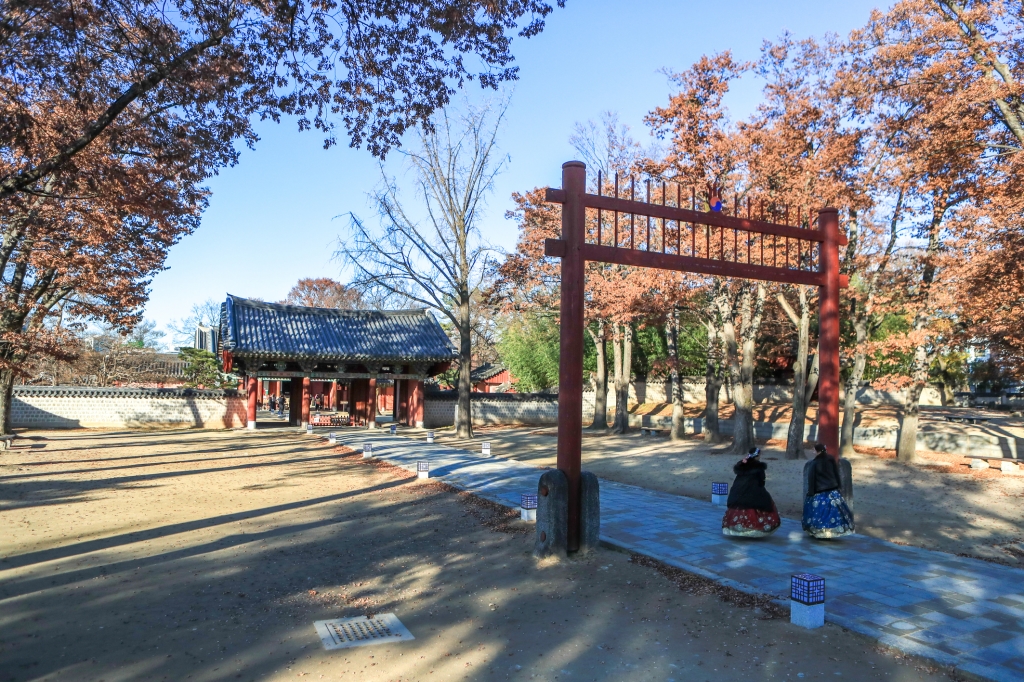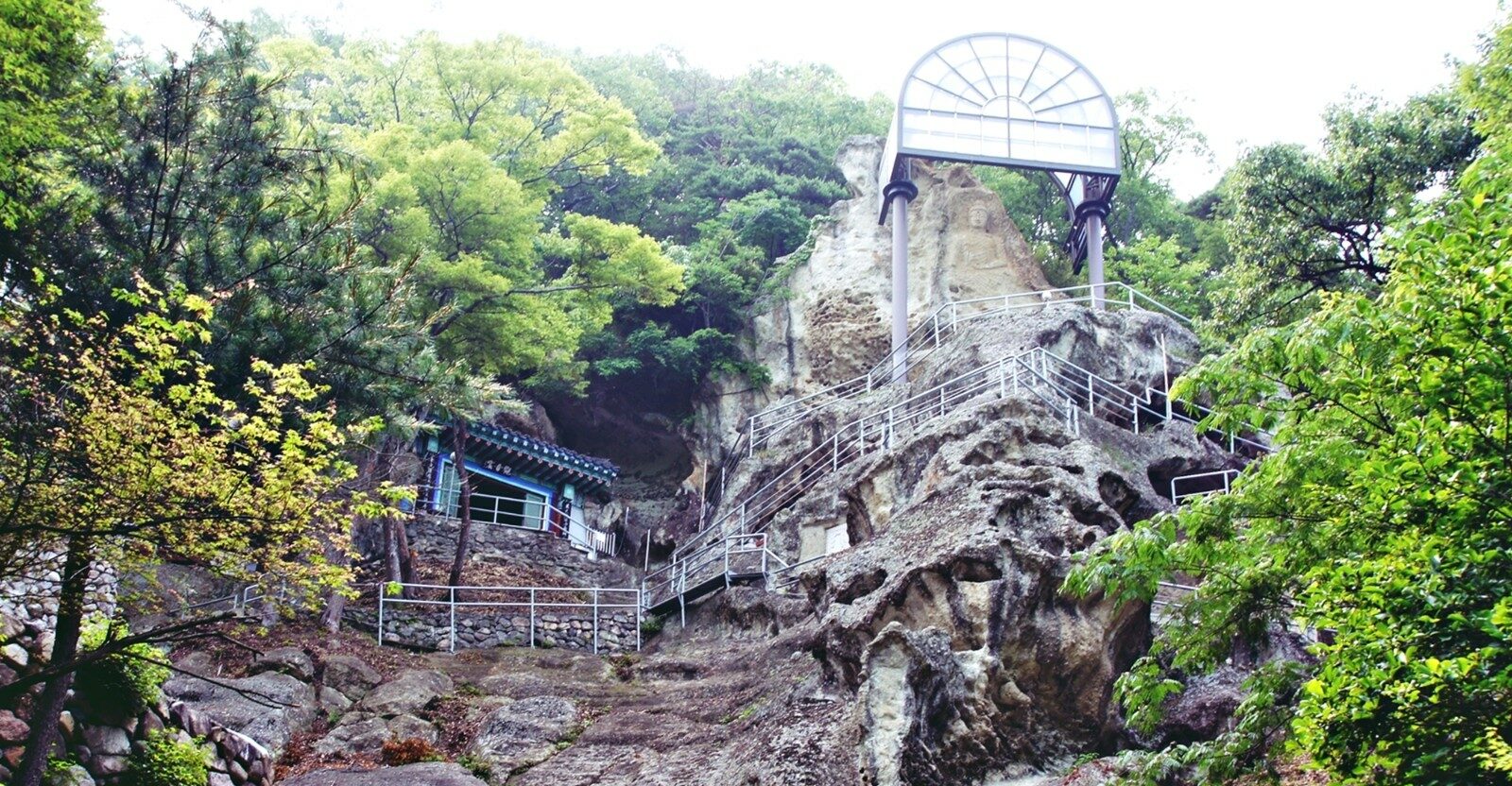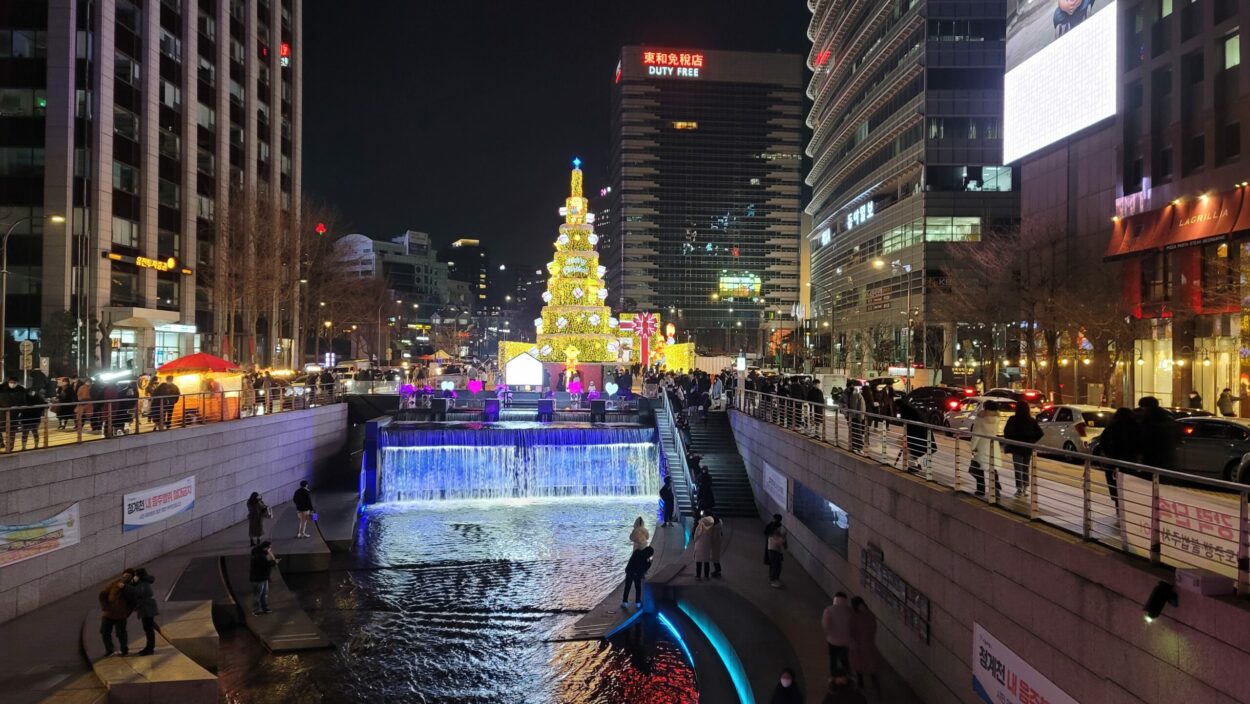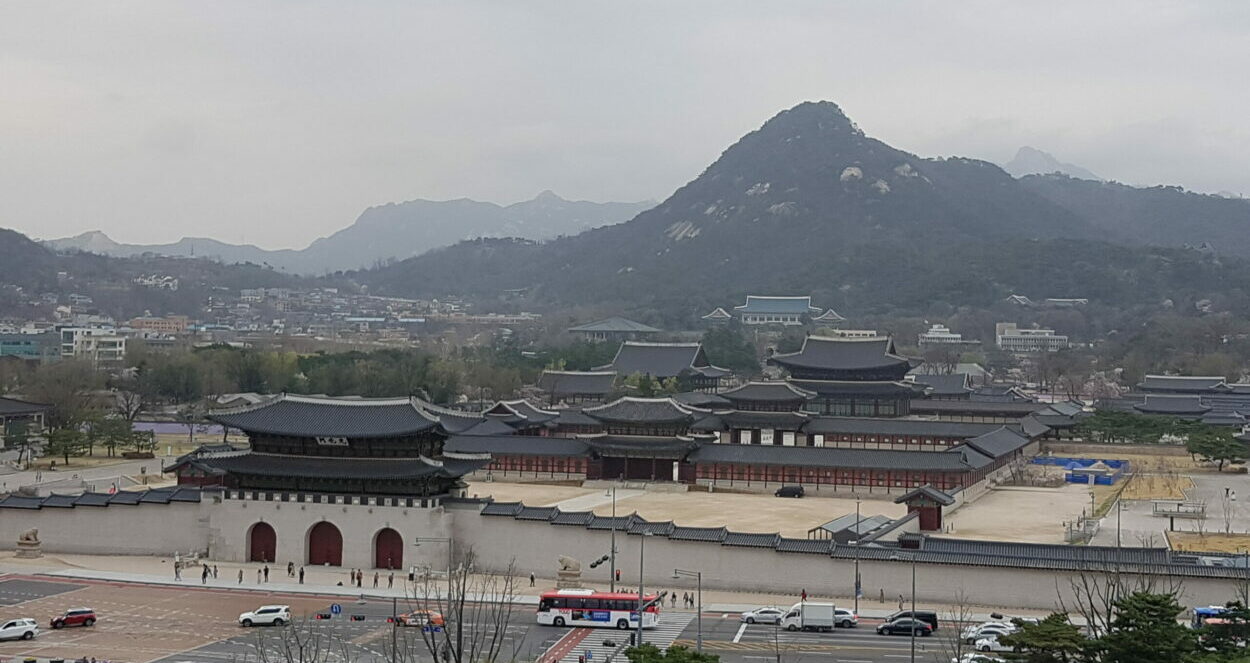Jeonju’s Gyeonggijeon Shrine is a fascinating historical landmark that immerses visitors in the rich tapestry of the 15th century. Established in 1410, this shrine honors King Tae-jo, the founder of the Joseon Dynasty, and features his portrait alongside those of other esteemed monarchs. The peaceful ambiance and exquisite architecture make it an essential stop for anyone keen on exploring Korea’s profound cultural history.
A Glimpse into History
Originally named Eoyongjeon, the shrine was renamed in 1442 during King Sejong the Great’s reign. Its simple yet graceful architecture mirrors royal aesthetics while remaining more understated than grand palaces like Gyeongbokgung. Inside, visitors can admire portraits of King Tae-jo and his successors, such as King Sun-jong and King Yeong-jo. Additionally, the shrine holds the mortuary tablets of King Tae-jo and his wife at Jogyeong Shrine, further establishing its importance as a site of royal remembrance.
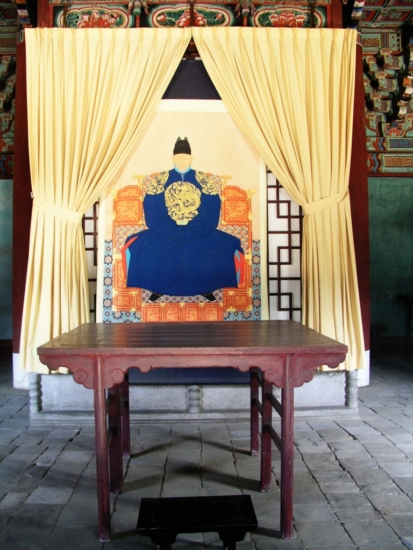
Royal Portrait Museum
A notable addition to Gyeonggijeon Shrine is the Royal Portrait Museum, inaugurated in 2010. This museum displays King Tae-jo’s original portrait and other royal portraits, offering deep insights into the Joseon Dynasty’s history and culture. The museum uses temperature-controlled displays to safeguard these priceless artworks and provides educational programs, including engaging experiences related to traditional royal ceremonies.
Nearby Attractions
While exploring Gyeonggijeon Shrine, make sure to visit these nearby attractions:
- Jeonju Hanok Village: Just steps away, this village features over 800 traditional Korean hanok houses. Wander through its charming streets, savor local dishes, and rent a hanbok (traditional Korean attire) for an authentic experience.
- Jeondong Catholic Church: This nearby church blends Gothic architecture with Korean elements. It offers a serene atmosphere with beautiful stained glass windows and insights into the history of Catholicism in Korea.
- Omokdae and Imokdae: These historic pavilions provide panoramic views of Jeonju, ideal for a peaceful retreat in nature. They hold historical significance as sites where King Tae-jo celebrated victories.
Must-Try Local Food
Jeonju is renowned for its culinary heritage, particularly in the Hanok Village area. Here are five eateries offering unique hands-on experiences:
- Hanguk Jip: Known for its authentic Jeonju Bibimbap, this restaurant has been delighting patrons since 1952. Its bibimbap features marinated beef and seasonal vegetables, perfect for experiencing local flavors.
- Jeonju Hyundaiok: Famous for dried pollock soup and traditional bibimbap, Hyundaiok provides a cozy setting to enjoy local delicacies.
- Veteran Restaurant: Specializing in Kalguksu, a delightful Korean noodle soup with handmade knife-cut noodles, this spot is a must-visit for noodle enthusiasts.
- Gyodong Noodles Café: Offering hands-on noodle-making classes, this café lets visitors create and enjoy their own noodle dishes, providing a memorable dining experience.
- Traditional Tea House: Nestled in the Hanok Village, this tea house offers tea ceremony workshops, allowing guests to savor traditional teas while learning about their cultural significance.
Gyeonggijeon Shrine offers more than just a glimpse into Korea’s past; it’s a journey that connects visitors with the essence of a bygone era. Whether you’re wandering its serene grounds or exploring the Royal Portrait Museum, this shrine provides a unique insight into the legacy of the Joseon Dynasty. Be sure to explore nearby attractions and indulge in the local cuisine to enrich your experience in Jeonju’s vibrant history and culinary scene!
“Want to visit this place effortlessly? Let us customize your trip!”

